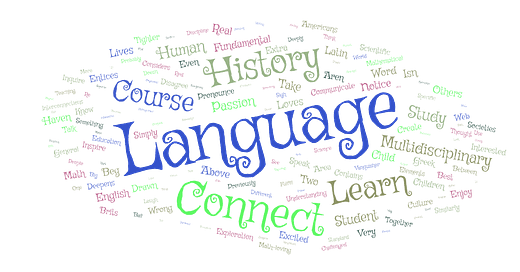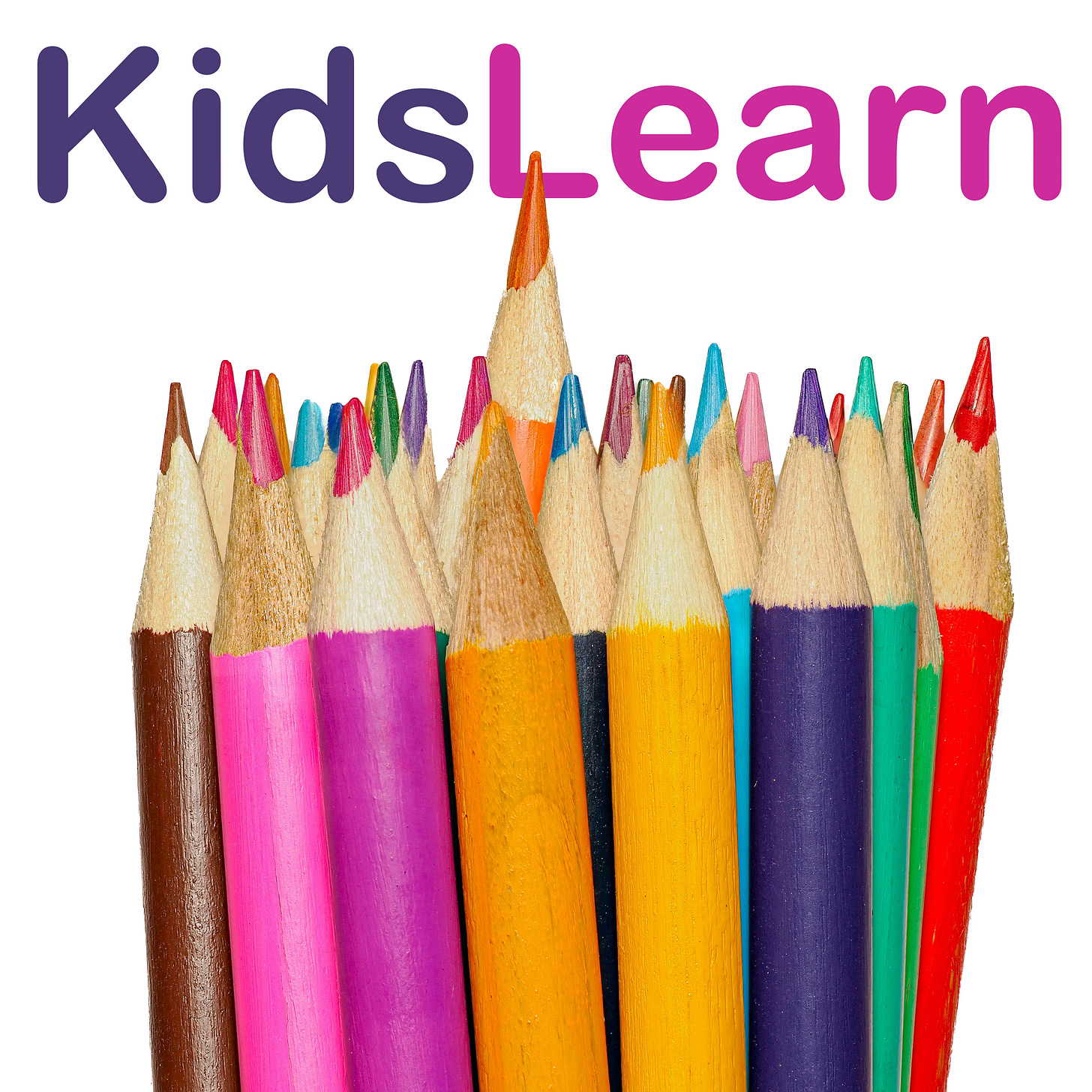The KidsLearn Substack is written by Suki Wessling, known as “Prof.” Suki to her students. Scroll to the bottom for links to Suki’s work and more information.
Probably the coolest thing about teaching online courses at a privately owned school is that I get to follow my passions, as well as my students’ passions. And probably my most fundamental passion is a passion for words.
Words are the repository of a culture’s people, history, and values. And the English language is unique amongst the world’s languages because of its history of conquest, both as the vanquisher and the vanquished, and integration. English is fundamentally a Germanic language, but to say that hardly scratches the surface of its complex and rich history.
Multidisciplinary courses connect information
My Etymology course doesn’t fulfill any state standards. It doesn’t offer a specific skill that students will later use in their jobs. What it does is connect a universal human attribute, language, with… everything else. Every human study and every human pursuit is connected in some way to our facility with language.
If you look up theories about what makes humans human, you’ll find that what distinguishes us from all creatures is our language. While other organisms communicate, humans are the only ones we know of that can communicate about communication. We can talk about talking. We can think about thinking. We can laugh about laughing and we can sigh about sighing. Right now, I’m writing about talking about language!
Because language is so fundamental to how we see the world, the study of language itself, separate from learning a specific language, connects our knowledge in every other discipline. I can’t tell you how fulfilling it is to see my students learn about the history of a word and connect that history to their passions. Multidisciplinary courses function as a sort of magnet that draws what we know into a tighter and more useful web.
Multidisciplinary courses inspire exploration
Most children enjoy their studies in one area above others. What I notice about teaching multidisciplinary courses is that when they connect two disciplines together, students can be inspired to inquire more deeply into an area they previously haven’t been interested in.
Take a child who loves history but isn’t so excited about science. Studying the history of English deepens their understanding of history in general, but it also entices them by connecting into the history of science. Why are scientific words Latin and Greek? Why do Brits and Americans pronounce even the very elements differently?1
Similarly, the English language contains the culture of the societies that speak it, but it’s also deeply mathematical. Why do we say “the big red ball” but know something is wrong with “the red big ball”? A math-loving student can be drawn into the study of culture simply by connecting math with language.
Learning is about connection
We learn best when we’re connected with other people. We learn best when we connect what we’re learning with our real lives. We learn best when we create interconnections between different areas of thought.
Standard education considers multidisciplinary courses “extra,” as if they aren’t fundamental to learning.
I beg to disagree.
How have you been inspired or challenged by a multidisciplinary study?

What the heck is UP with “aluminium”?









